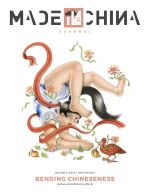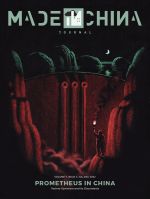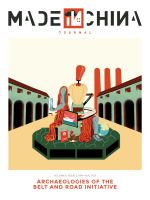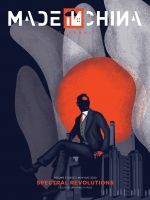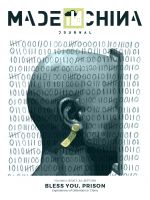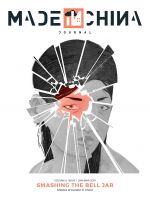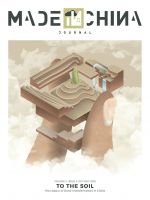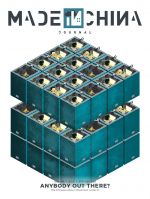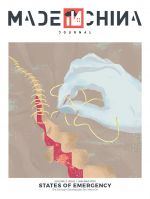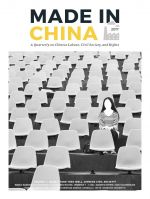Issue #1
The Work of Arts
Aesthetics and Subaltern Politics in China
January–April 2020
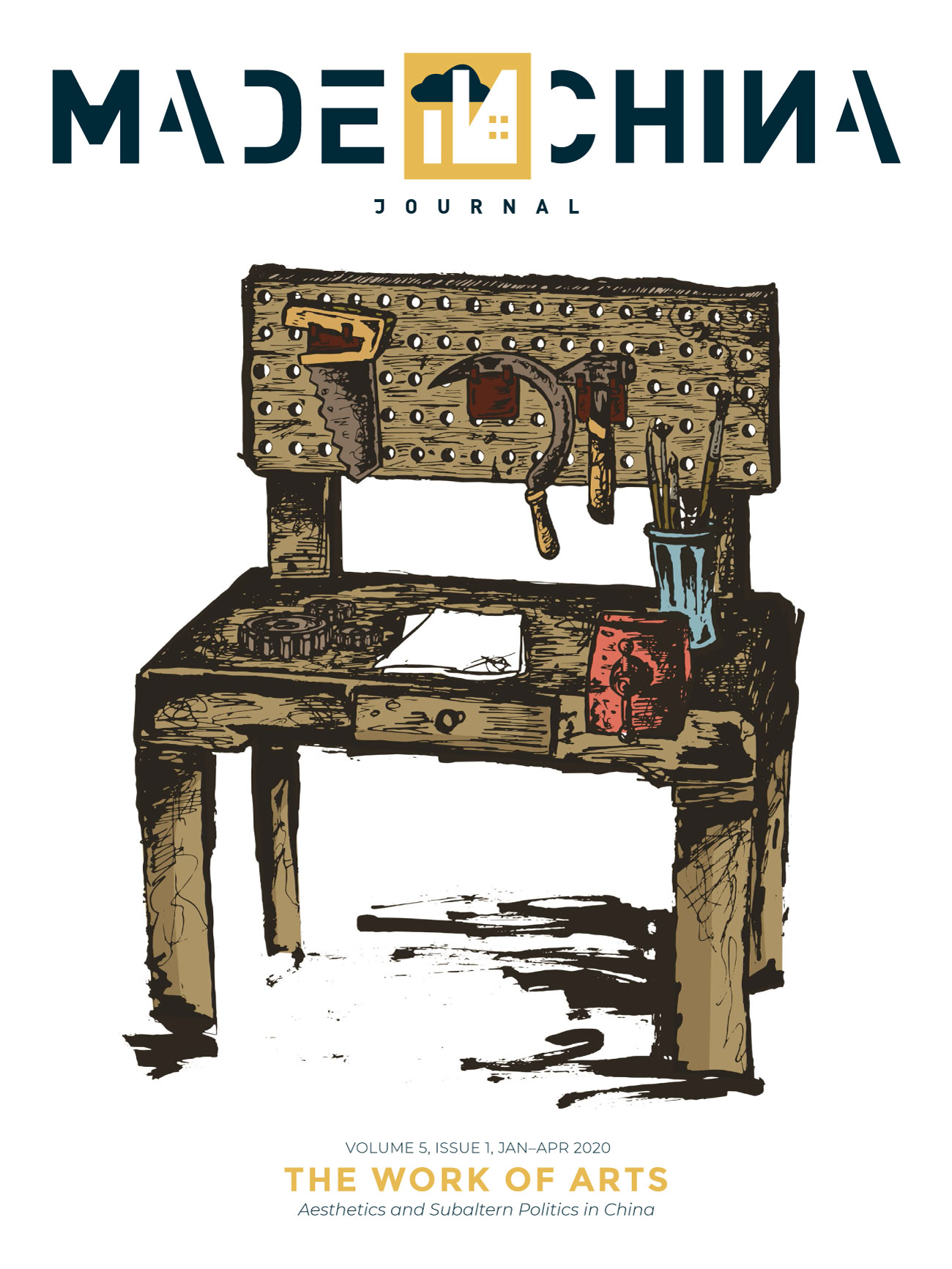
‘Art must not be concentrated in dead shrines called museums. It must be spread everywhere—on the streets, in the trams, factories, workshops, and in the workers’ homes.’
Vladimir Mayakovsky, 1918
With these words, the great Soviet poet addressed the key question of how to bring art to people and people to art in a new world in which old aristocracies, elites, and their aesthetic privileges were fading away. In the words of art theorist Boris Groys, ‘the world promised by the leaders of the October Revolution was not merely supposed to be a more just one or one that would provide greater economic security, but it was also and in perhaps in even greater measure meant to be beautiful.’ Walking in these steps, the Chinese Revolution was a project of further experimentation and creation in the realm of the relationship between art and the people. The world it created was at once utopian and disfigured, radiant and desolate. While today that world is no longer, the questions it raised about the relationship between the working class, artistic production, and aesthetic appreciation remain with us.
This issue of the Made in China Journal offers a collection of essays that examine the ‘work of arts’, intended as the extension of art beyond the confines of the museum and into the spaces of ordinary life and production.
Table of Contents
China Columns
Revolution and State Formation as Oasis Storytelling in Xinjiang | Bilal Zenab AhmedThe Coal Transition in Datong | Judith Audin
The End of Sweatshops? Robotisation and the Making of New Skilled Workers in China | Hui Xu
Is the Sky Falling in on Women in China? | Robert Walker and Jane Millar
Garbage as Value and Sorting as Labour in China’s New Waste Policy | Adam Liebman and Goeun Lee
Epidemic Control in China: A Conversation with Liu Shao-hua | Zeng Jinyan and Liu Shao-hua
Focus
Amateur Art Practice and the Everyday in Socialist China | A.C. BaeckerAesthetics of Socialist Internationalism | Tina Mai Chen
How Does the Phoenix Achieve Nirvana? | Wang Hui
Can the Creative Subaltern Speak? Dafen Village Painters, Van Gogh, and the Politics of ‘True Art’ | Paola Voci
Risk: The Hidden Power of Art Creation | Cai Qing
Towards a Partisan Aesthetics: Zhou Yang, Chernyshevsky, and ‘Life’ | Benjamin Kindler
A Proletarian Nora: Discussing Fan Yusu | Federico Picerni
Poetry after the Future | Christian Sorace
World Factory | Christopher Connery
From Rebellion to Erasure: The Rise and Fall of Urban Folk Rocker Li Zhi | Jingyi Wang (Veronica)
Forum
Strategic Resources and Chinese State Capital: A View from Laos | Juliet LuFrom Africa to Saipan: What Happens When Chinese Construction Firms ‘Go Global’? | Aaron Halegua
Varieties of Capital and Predistribution: The Foundations of Chinese Infrastructural Investment in the Caribbean | Ruben Gonzalez-Vicente
Variety of Capital? Chinese Multinational Corporations in Europe | Zheng Yu and Chris Smith


